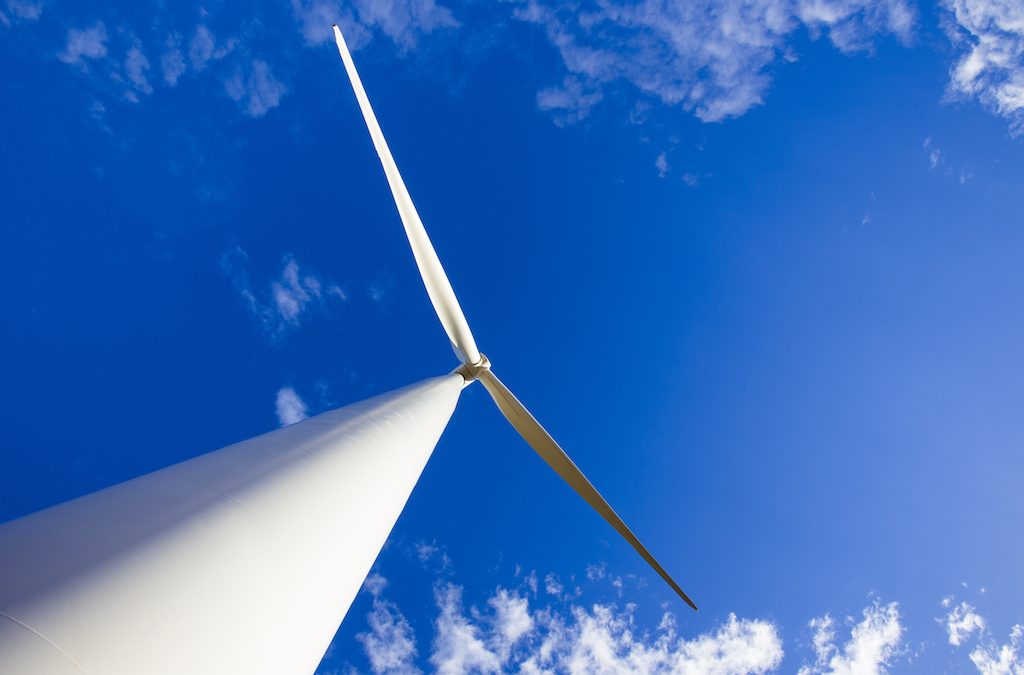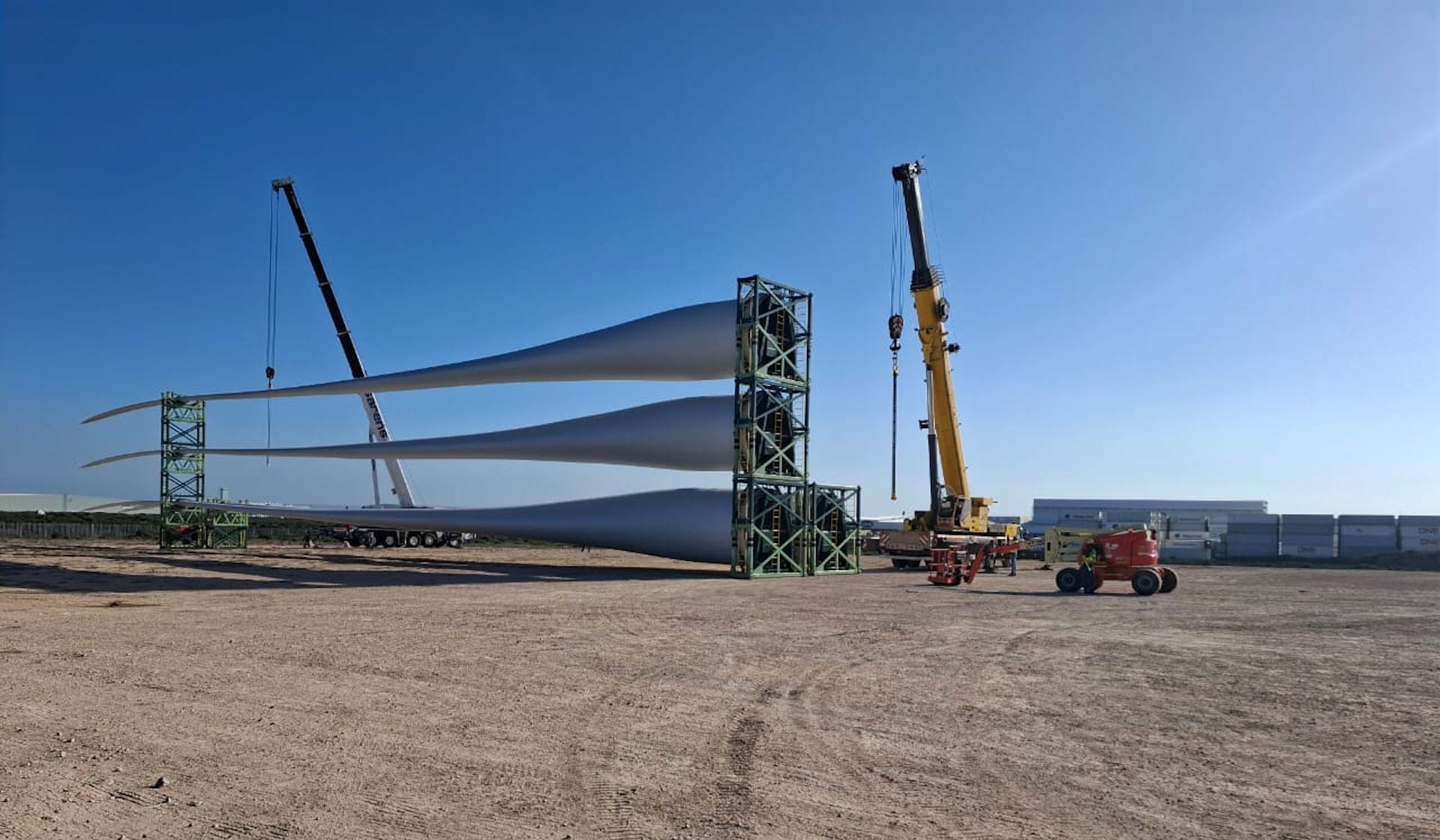The Global Wind Report 2022 from the Global Wind Energy Council makes clear, this growth needs to quadruple by the end of the decade if the world is to stay on course for a 1.5C pathway and net zero by 2050.
Key findings from the report:
- Nearly 94 GW of new capacity is the second-best year ever for the wind industry
- Europe, Latin America, and Africa & the Middle East had record years for new installations
- The best year ever for offshore wind, with huge numbers in China and growing floating offshore deployment in the UK
- Auctioned capacity was up 153% with 88 GW awarded globally
- CAGR for wind installations for the next five years is 6.6%, which equates to 557 GW forecast installations from 2022-2026
- Despite two years of record numbers, this simply isn’t enough to stay on course for 1.5C and net zero by 2050.
Global capacity increased by 93.6 GW to bring total cumulative wind power capacity to 837 GW, which is year-over-year growth of 12%. While the world’s two biggest markets, China and the US, installed less new onshore wind capacity last year – 30.7 GW and 12.7 GW respectively – other regions enjoyed record years. Europe, Latin America and Africa & the Middle East, increased new onshore installations by 19%, 27% and 120%, respectively.
The current global situation means energy policy is in flux, but new policy initiatives must rapidly increase the trajectory for wind installations for both net zero aims and energy security.
The impact of COVID-19 was clear, with a slowdown in project commissioning in markets such as the US, India and Taiwan, for example. However, auction activities in 2021 demonstrated that growing wind deployment was a key strategy for many countries. Auctioned capacity was up 153% on 2020, with 88 GW awarded globally. Onshore wind makes up 69 GW (78%) of that, with offshore counting for 19 GW.
Wind is on a positive growth trajectory, but wind energy is not growing nearly fast or widely enough to realise a secure and resilient global energy transition. At current rates of installation, GWEC Market Intelligence forecasts that by 2030 we will have less than two-thirds of the wind energy capacity required for a 1.5°C and net zero pathway, effectively condemning us to miss our climate goals.
The report explores how the industry and policymakers can prepare for the next era of wind energy growth, as the sector rapidly scales up to meet net zero demands. As the industry gains scale and mass, its impacts will reverberate in the political, socioeconomic and environmental settings in which it operates. As it grows, the industry will also confront old and new frontiers like supply chain geopolitics, social impacts, disinformation and system resilience.
https://gwec.net/global-wind-report-2022
Ten takeaways from the Global Wind Report, explained in greater detail in the report:
- Scaling up to 2030: There needs to be a four-fold increase in new wind energy installations this decade to keep on track for a 1.5°C world.
- The energy system is increasingly complex and interconnected: Countries and communities must work together for an effective response to climate change.
- System design is struggling to meet the pressures of the transition: The current energy crisis is the consequence of energy markets built around fossil fuels.
- The wind industry faces higher costs amid perverse market design: Policymakers need to re-evaluate markets to align with economic and social objectives.
- Wind energy must be a custodian of the energy transition: The industry must ensure that social and environmental values are synonymous with wind power.
- Cut the red tape for a green future: Without streamlining the procedures to grant permits, including land allocation and grid connection projects will remain ‘stuck in the pipeline’.
- Public-private cooperation is needed to confront the new geopolitics of the wind supply chain: There must be a stronger international regulatory framework to address the increased competition for commodities and critical minerals.
- The demise of baseload: Flexibility will be the chief currency of a renewables-led system, and policymakers must send signals to the market that they will invest in the tools for this.
- Unprecedented grid investment is needed to keep pace with renewables: Investment in grids must treble from current levels through to 2030.
- The wind energy industry has a primary role in a just and equitable energy transition: Workforce planning for large-scale renewables deployment should be an early policy priority.


